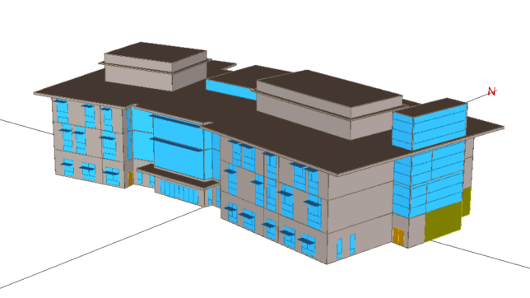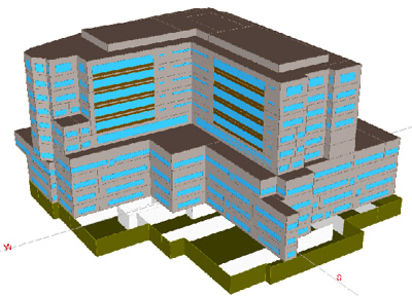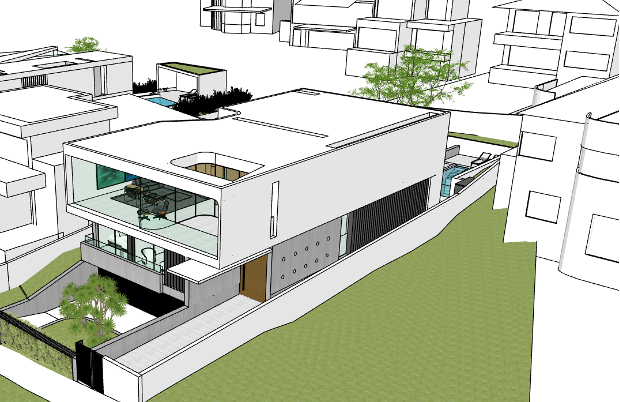BCA Section J-DTS & JV3 modelling |
||||||||||||||||||||||||||||||||
|
To comply with Section J of the NCC 2019, one of the following compliance paths can be pursued:
Compliance with DTS provisions is achieved when the building design meets minimum section J
requirements outlined in BCA. |
||||||||||||||||||||||||||||||||
|
Performance Requirements JP1 are satisfied by complying with
|
||||||||||||||||||||||||||||||||
|
Difference with the previous versions What are the changes
|
||||||||||||||||||||||||||||||||
|
On the other hand, compliance with an alternative Solution applies when a building's design does not meet DTS provisions, or when a more economical solution is available. To show compliance with an alternative solution, the JV3 Verification method outlined in the BCA is used to model a building’s annual energy consumption against its energy consumption complied with DTS provisions. To do JV3 modelling, a reference building model that meets DTS provisions is created and its annual energy consumption is compared against the proposed model’s annual energy consumption. As outlined in the BCA, compliance with JV3 verification method is met when the proposed building’s annual energy consumption is less than or equal to the reference building’s annual energy consumption. JV3 allows more flexibility to design a development meeting energy efficiency requirement by looking at buildings’ façade and services in more details as long as its energy usage does not exceed the reference buildings energy usage targets.






